Iran has been refuge for Afghans for over forty years
Two decades after the Soviet invasion of 1979 came the US invasion of 2001 under the pretext of 9/11. Add another 20 years and you get the US withdrawal leaving Afghanistan to the Taliban. Altogether that’s 40 years of different reasons to fight or run for Afghans. Iran has been a popular destination for those 40 years and more.
It may not be a long way but it's a hard way for many Afghans as they cross the border in a panic to get into Iran.
Many tried for visas which Iran was granting at the speed of light, with the latest wave of turmoil. Still things went wrong for some. We hear of their struggle and how things are once they get in and what hosting refugees means for Iran.
Iran offers education and health services as well as livelihood opportunities for refugees, including banking services. It’s a matter of helping refugees thrive not survive as the UNHCR phrased it.
Fatemeh Jafari earned a law degree in Iran but had always dreamt of starting a coffee shop. She got her dream café, café Telma. It was one of a kind, on account of what it served and who it was owned by.
The café became famous within a month through the support of Iranian domestic media. The café became busy and people from different cities visited to see our progress. We had customers from cities across Iran. It was exciting. The fact that we served Afghan cuisine and people liked it was a point of attraction. We had regular customers coming by to eat an Afghani dish, Ghabeli polo, each day. The revenues have been good too.
Fatemeh Jafari, Owner, Afghan Café in Tehran
But there are limitations and numbers are high. Iran has been dealing with one of the largest and most protracted urban refugee situations in the world.
Having run a popular bustling café for 2 years, Ms Jafari contemplated opening one in Kabul.
But that was in early summer when the situation in Afghanistan had already deteriorated. So the Iranian authorities didn’t allow her to leave for Afghanistan. She is a resident of Iran, hence their concern.
Around 3 weeks after her attempt to go to Kabul the Taliban had taken over in Afghanistan in any case so she wouldn’t want to return anyway.
In the past it was different. In the past the Taliban weren’t as advanced. Meaning if we wanted to return to Afghanistan to build our country it was easier to predict the situation. Now it is more difficult because the Taliban have more facilities and equipment such as guns and tanks, among others. Maybe one day everyone will unite and return to Afghanistan.
Fatemeh Jafari, Owner, Afghan Café in Tehran
As of March this year we had over 3 million Afghans in this country. That’s 780,000 registered refugees and between 2.1 to 2.5 million undocumented Afghans.
Over 474,000 Afghan national children are receiving education in Iran completely free of charge.
Iran spends about 20 trillion rials every year on the education of foreign national students residing in this country, as confirmed by The head of the international affairs department of the Ministry of Education, Gholamreza Karimi.
That is very well but what those not covered by the scheme?
Self-governing schools such as the Farhang School are a refuge for immigrant kids that couldn't get into public schools.
But since 2015 they are all officially allowed into public schools by a leader's decree. So what's holding them back? The principal and founder of Farhang Mr Nader Mousavi had this to say on the matter:
In 2015, fortunately, an order was issued that afghan children can study in government-funded schools with Iranian documents. This order was executed well for two-or-three years and the majority of children were able to go to school.
The first year this order was issued we had 500 students and roughly 300 of them were able to move on to public schools. But in the years that followed unfortunately conditions became more difficult.
Other challenges existed. For example, Afghan immigrants lived on the outskirts of the city, in areas where large populations of Iranian children lived.
In these areas we still have schools that operate in double shifts. This is because of the high population of kids.
Nader Mousavi, Principal, Farhang Afghan School
It’s a valuable effort. The school sets the foundation for kids to carry on to public schools and if they choose, university.
And some of those university graduates have returned to train new students in what was their early school and chance at a better life.
The special school for Afghan citizens operates under the same auspices as Iranian public schools. It is not separate. Meaning we have received our operation license and we are regulated.
We accept any Afghan immigrant child and educate them until their families are able to solve their Iranian residency problems. We are a bridge for children coming from abroad where they become socially accepted and familiar with Iran’s educational system.
Also this system is a transition point for those migrating to Iran who will join Iranian society. They become familiar with the culture, language, and books.
Nader Mousavi, Principal, Farhang Afghan School
We spoke with some of the children and a parent who worked as a construction site worker to put his son through school in Iran to see him take up medicine in Afghanistan.
The school appears homely and the children happy. They’ve turned up to register for the new school year beginning in autumn (23rd September).
I thought there was more peace of mind here. Maybe because they teach us better here. In Afghanistan there was not a lot of peace and security, for example some cities experienced explosions.
Afghan Student
My mother brought us here because there was no stability and security in Afghanistan. Also she thought the educational system in Iran is better and there is peace here.
Afghan Child
It’s a very good country with nice people who are friendly towards us. But, maybe some Iranians might not feel comfortable around us but that’s ok it is their country, and maybe that is how they feel.
Afghan Citizen
As soon as there is peace in Afghanistan I will return to my country because Afghanistan is my country and I am more comfortable there.
Afghan Citizen
From school to University
Fifty-seven percent of international students here are studying for a master's degree, 27 percent for a bachelor's degree and 15 percent are working toward a Ph.D. with the remainder studying at various other levels.
Law, Persian literature, and computer engineering are the top three fields of study for foreign students in Iran.
The parent we got to talk to just put his son through school here so he could become a doctor and return to Afghanistan. But circumstance stood in his way.
I have been in Iran since 1989 and later got married and had a child. At the time our child didn’t have an Iranian national identification card. So, our child wasn’t able to go to school in Iran.
We came to Mr. Mousavi. Our child studied at the special school for Afghan citizens for seven years and then we were issued a family visa. After that we were able to send our child to public school.
We took the educational documents from Mr. Mousavi’s school to register our kid in public school where our child was accepted and made high grades.
After getting a high school diploma our child took the national university entrance exam where they received marks that would allow them to study to become a medical doctor.
But they told us that Afghan citizens were not allowed to study in Iran. So our child went back to Afghanistan where he completed three years of medical school that was disrupted by the Taliban.
Afghan Father
A healthy mind comes with a healthy body
Of the 970,000 foreigners (men and women) of working-age, 15 to 60 old, some 36,000 are under social insurance coverage in this country.
These figured were confirmed in July 2018 by the head of the Social Security Organization’s department for foreign nationals at the time, Ahmad Reza Khazaei.
We have been providing services to asylum seekers for 40 years in five different fields. Services are in fields of aiding in livelihood, employment, education, healthcare, and emergency response for natural disasters. We cooperate with international organizations particularly with UN in Iran in these fields. together effective services have been provided. Over 550-thousand students have studied in Iran, a portion of these students were categorized as in need of education that didn’t have permission to study. These students were registered.
Mahdi Mahmoudi, Dept. of Foreign Nationals and Migrant
120,000 refugees were allowed to access Iran’s health insurance scheme as of April.
The national insurance scheme allows for free COVID-19 treatment and hospitalization. It also subsidizes namely the cost of surgeries, dialysis, radiology, laboratory tests, and out-patient care.
However, many refugees are not able to afford the premium costs. And Iran is almost alone in handling the refugee situation. The UN refugee Agency UNHCR’s 2021 funding appeal of around 100 million US dollars is only 7 or 8 per cent funded.
A number of Afghan nationals who come to Iran are actually asylum seekers. Each year we are giving one-year temporary residency under the arrangement plan.
Some of the Afghan immigrants have entered Iran with valid documents and visas who come for education, employment, tourism, and medical treatment. Also there is a portion of Afghan immigrants that enter the country illegally. Those who enter illegally face legal penalties and are deported. Also borders need to be controlled and regulated to prevent people from illegally entering the country.
Mahdi Mahmoudi, Dept. of Foreign Nationals and Migrant Affaires
Registration or Amayesh card holders, visa holders, and undocumented but registered Afghans can access basic education, healthcare – including COVID-19 treatment – and humanitarian aid.
Amayesh card holders are eligible for conditional work permits limited to 87 different types of employment, primarily in construction, agriculture, or other vocational industries.
And in October of 2019, Iran ratified a bill granting citizenship to children of Iranian mothers and non-Iranian fathers. That has allowed more than 100,000 children of Iranian women married to foreign nationals, mostly Afghan and Iraqi citizens, to become Iranian citizens
There is always room to do more, but there have been some interesting developments. One of which has been surgeons offering free services to refugees, or immigrants as they prefer to call themselves, given their contribution to construction work in this country.
A number of board members of Tehran University’s Medical Faculty have set out to provide medical services to Afghan nationals at the Yas Clinic.
Some 25 percent of corona cases in the region are Iran’s to deal with. But that is overshadowed by the situation in Afghanistan; at least it is to these doctors.
The root medical problem would be insurance. But successive Iranian governments have dealt with the issue most capably.
Currently, illegal immigrants to Europe are usually kept in refugee camps for years but we see that many Afghan refugees are presently living in Iran’s cities. They are able to utilizing a plethora of services provided for them.
Right now, aid services for impoverished areas and those living on the margins are being offered by the IRGC and Basij, these all-inclusive services are being implemented regardless of nationality and race and are also being provided for Afghans in Iran.
Aid packages are being distributed among Afghans as well.
Reza Abedi Gonabad, Afghan Affairs Analyst
The Yas Clinic is the first medical centre specially set up for Afghans and several doctor’s offices in Tehran have volunteered their free services to that clinic on Tuesdays and Wednesdays for all Afghans, be they passport or Amayesh card holders or undocumented.
The clinic started work in late August in Tehran’s Yas hospital complex and has offered services in several fields namely brain and kidney surgery.
Iran has many good features for us and without them we wouldn’t choose Iran as a place to live. Living here has advantages and disadvantages for us.
But in general, I have been satisfied with conditions so far. I have many Iranian friends that I really care about and I love the people of Iran.
Many Iranians supported my café; many also helped me with [sic] obtain operational licenses.
Fatemeh Jafari, Owner, Afghan Café in Tehran
Now it’s not just immigrants with high prospects Iran welcomes. There were some 3,700 exceptional Afghan students studying in this country as of August last year.
Like Iranian students they are provided with educational, rehabilitation, and physical training services.
But what are the future prospects?
There are those in a hurry to get away from Afghanistan and into Iran who got stuck along the way. Our principal’s own sister is stuck in Mazar Sharif.
That’s closer to the Uzbek border than the nearly 950 kilometer border shared between Afghanistan and Iran. Still she wants to come here.
My sister is over there with her five children. Before the fall of Mazar-e-Sharif she had begun the process of obtaining a visa to come to Iran but unfortunately the Iranian embassy there was closed when the Taliban took control. So now they are still there.
But before the embassy closed and the arrival of the Taliban, Iran was expediting the visa issuance process. In this time a visa that would normally take at least 2 months for approval was being issued in 3-to-4 days so that people who needed to leave could do so.
So the Iranian embassy was very cooperative and helpful with the situation.
Nader Mousavi, Principal, Farhang Afghan School
Afghans favour Iran due to linguistic, cultural, tribal and historic commonalities with this country.
Commonalities the Americans appeared to have tried to dampen during their 20-year occupation of Afghanistan with little, if any, success.
Because we share the same language, if you go to Kabul and speak with an Iranian accent most people will understand what you are saying.
But they may not understand the Farsi accent of a person from Tajikistan or Uzbekistan. This is because we both share similar language and cultures.
People here wear Hijab and they can identify with Iranians and their lifestyles.
Fatemeh Jafari, Owner, Afghan Café in Tehran
Dari, the Afghan dialect of Persian, is one of Afghanistan's two official languages and is used by intellectuals and the elite.
Until 1857 Herat was part of Iran, and only after Iran and Britain signed the Paris Treaty of 1857 did Iran abandon its claim; although it did reserve the right to send forces to Afghanistan "if its frontier is violated."
Afghanistan was a part of Iran in the Achaemenid period, in the era before Islam, known as the Arian period.
In modern history, colonial competition was taking form in the region between Britain and Russia in the 19th century. Britain’s goal was to preserve its interest in India in this colonial period. During the Qajar Dynasty, Britain encouraged the Afghan ruler in Herat to separate from Iran.
At this time two battles broke out between Iran and British forces. They also took over some of Iran’s islands in the southern seas. During this time, Britain forced the Qajar king, who was considered to be dependent on foreign nations, to sign the Paris Accord which separated Afghanistan from Iran.
Reza Abedi Gonabad, Afghan Affairs Analyst
This is not to say there’s no work to be done in Iran, despite suffering an economic plight of its own.
Iran has inclusive policies, which is why refugees and even undocumented foreign nationals affected by COVID-19 can approach hospitals and health posts, and access free of charge COVID-19 testing, treatment and hospitalization, in the same way Iranian nationals can.
But in 2020, only a third of the 300,000 most vulnerable refugees were enrolled in health insurance. With COVID-19 stretching health services thin, international support is needed more than ever to avoid exacerbating refugees’ vulnerabilities.
In emergency situations like what Afghans are facing even short-term aid counts. Beginning in April 2020, UNHCR and the Iranian Government rolled out a Gift Cards project which consisted of one-off cash grants to cover three months’ worth of Minimum Expenditure Baskets.
As of June 2020, almost 5,000 persons had been assisted via this Gift Cards project.
Living conditions have been good in many ways, right now we are able to obtain driver’s licenses, of course those who have passports are able to get driver’s licenses. They can open bank accounts and purchase cell phone numbers in their own names and many other facilities have been given to us which are in my opinion among the positive advantages meeting our needs.
Fatemeh Jafari, Owner, Afghan Café in Tehran
As for political solutions to the Afghans’ Agony, early in September the Iranian Foreign Minister Hossein Amir Abdollahian spoke with former Afghan president Hamed Karzai to confirm Iran’s support of dialog among all groups in Afghanistan.
This would be to form an inclusive government which reflects the ethnic and demographic makeup of the country. “This is the only way for Afghanistan to reach lasting peace,”... Abdollahian said.
Karzai confirmed he and other elders were engaged in negotiations with different groups including the Taliban.
Abdollahian also said Iran would keep its border crossings with Afghanistan open, to ease the current situation in that country and it would continue to trade with Afghanistan. Keeping the border open all along however, was not feasible however.
Families are getting through, but border guards are wary of single men as they could be drug dealers or terrorists, going by accounts.
VIDEO | Israel is collapsing from within
UN raises alarm over ongoing Israeli strikes near peacekeepers in Lebanon
Iran, Egypt urge global action to end Israel’s violations in Gaza, Lebanon
21,000 Palestinian children ‘disabled or amputated’ in Gaza: NGO
Qatar warns Gaza deal not a true ceasefire without Israeli withdrawal
Explainer: Why is America losing its young generation to mental health epidemic
Hidden strengths of Iran’s post-revolution economy
UK Supreme Court dockets Iran’s appeal over London building confiscation


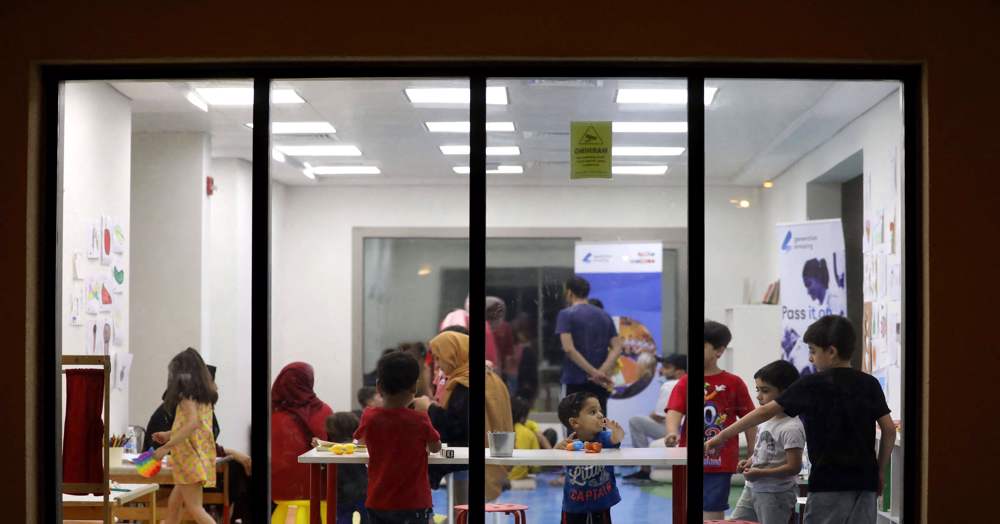

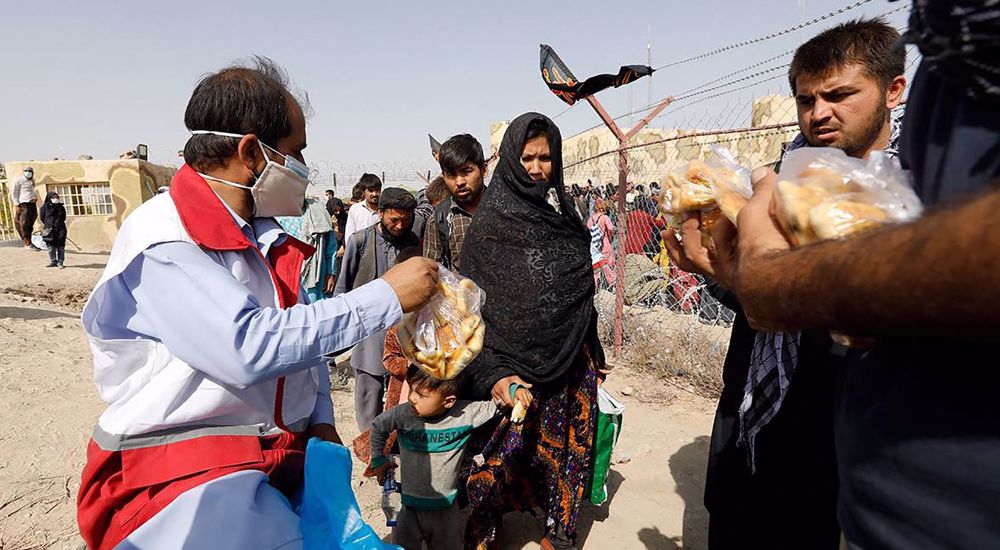
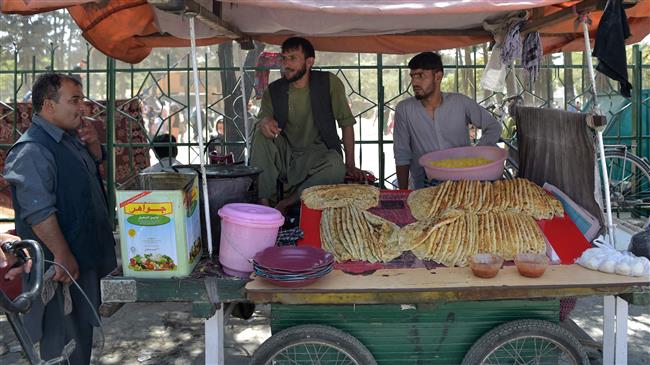
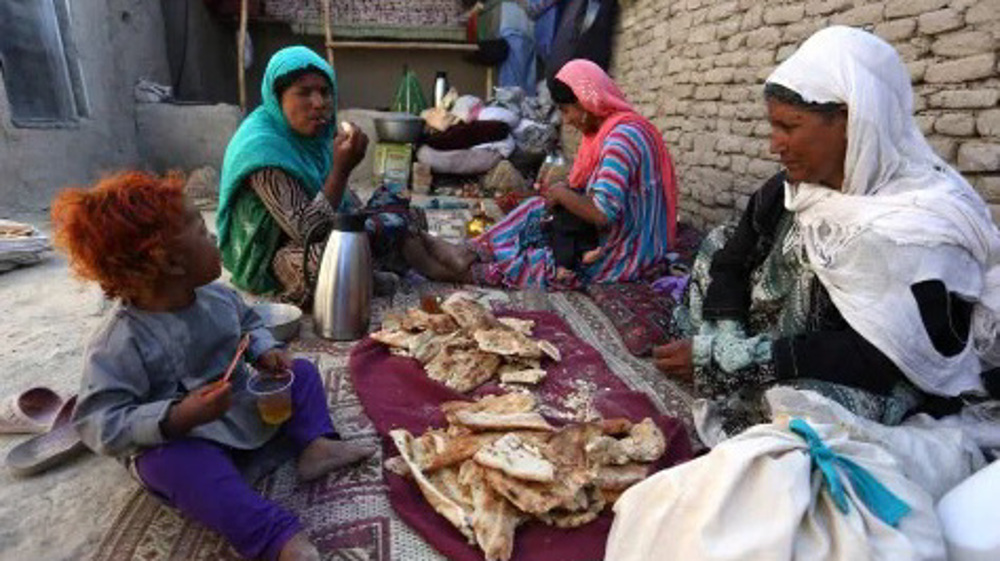
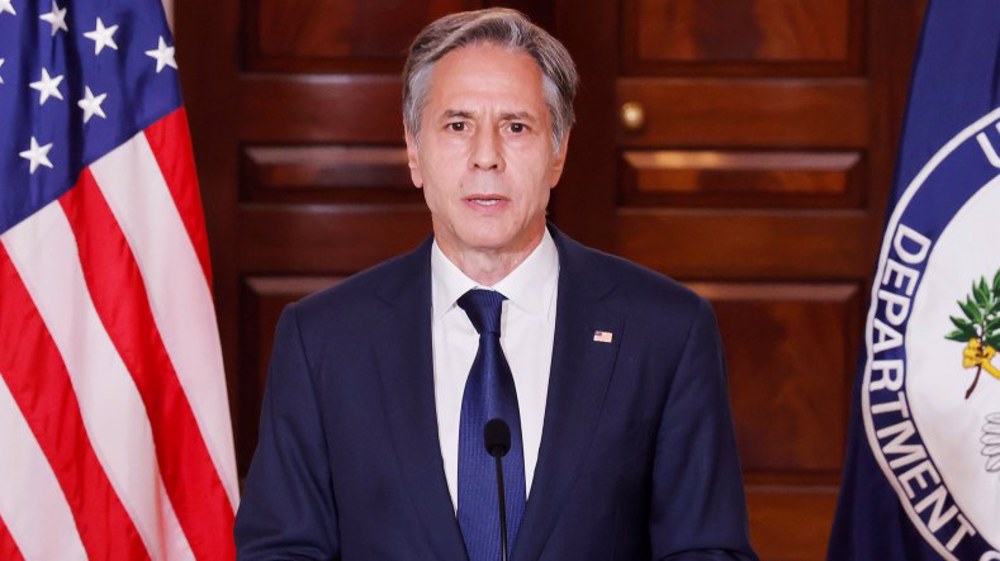
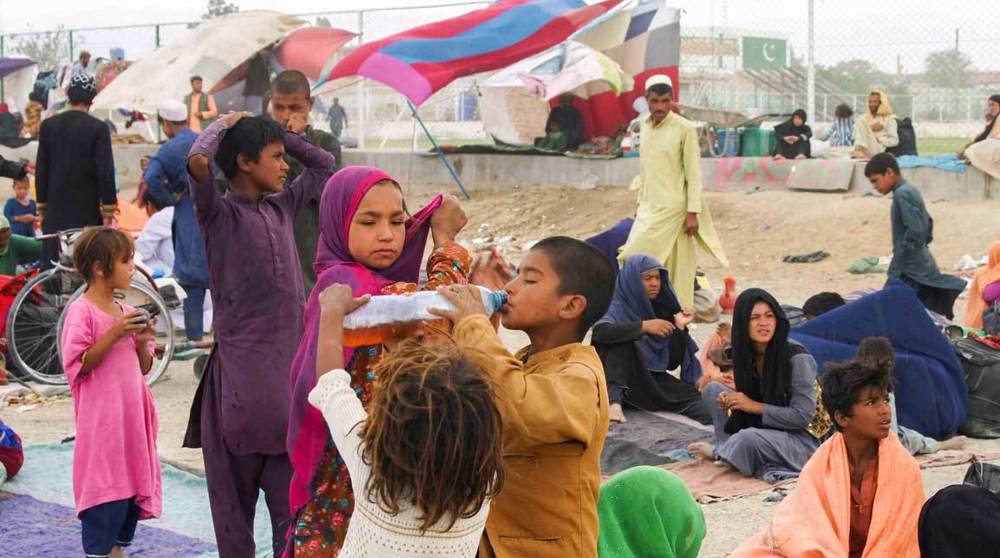
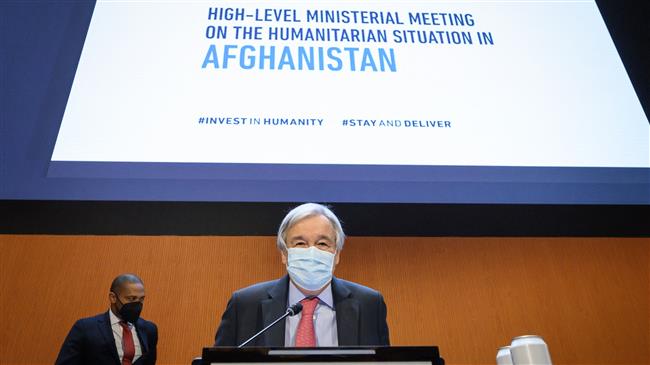
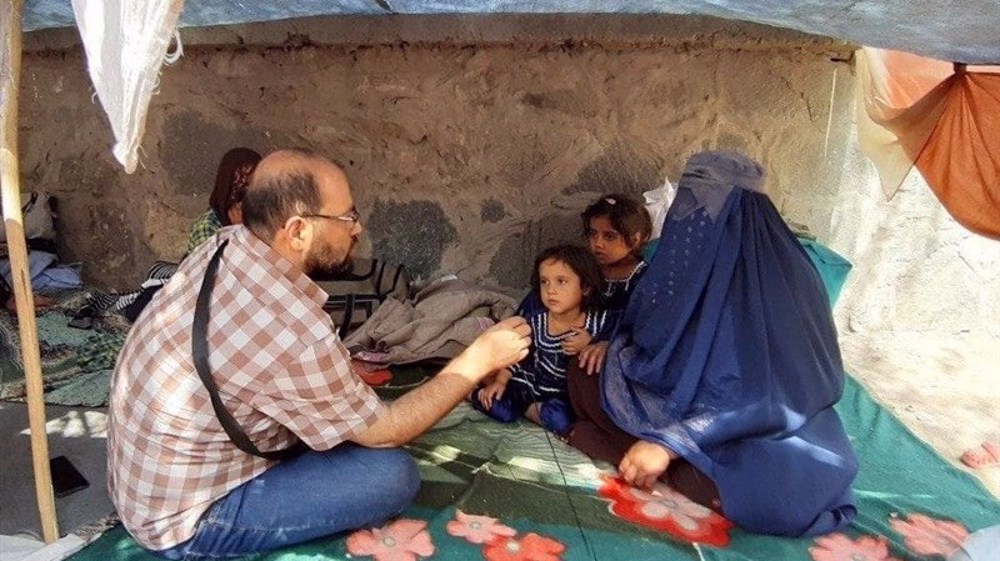
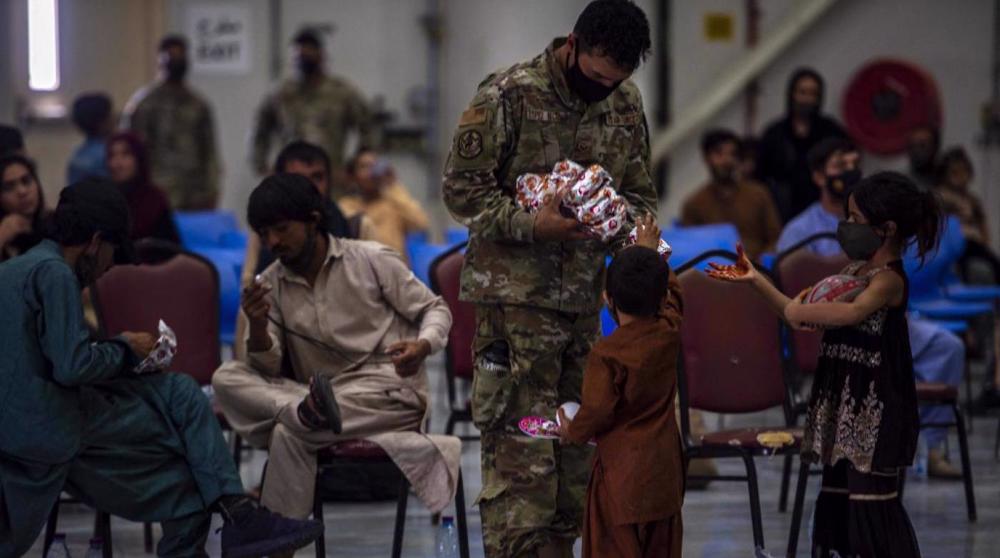
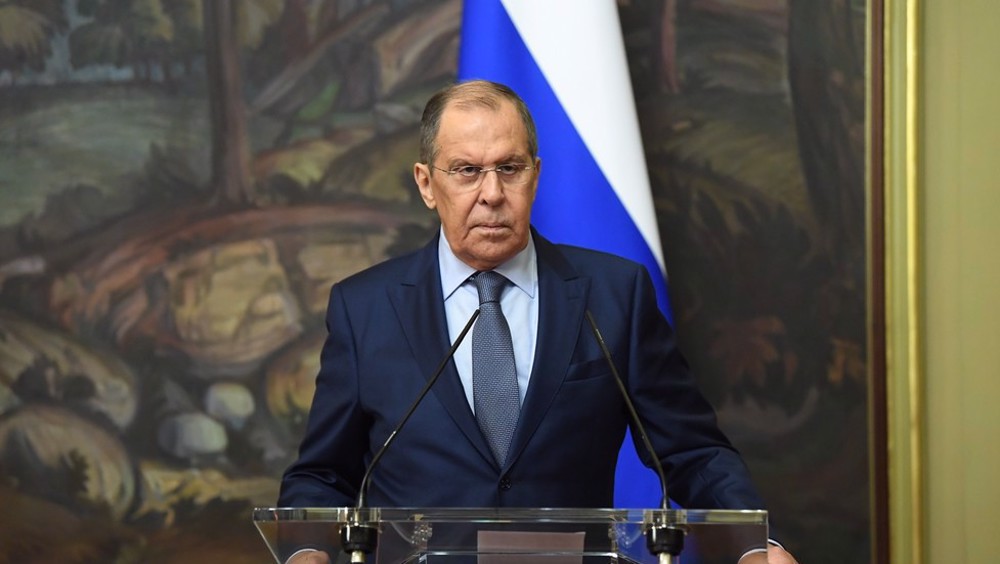

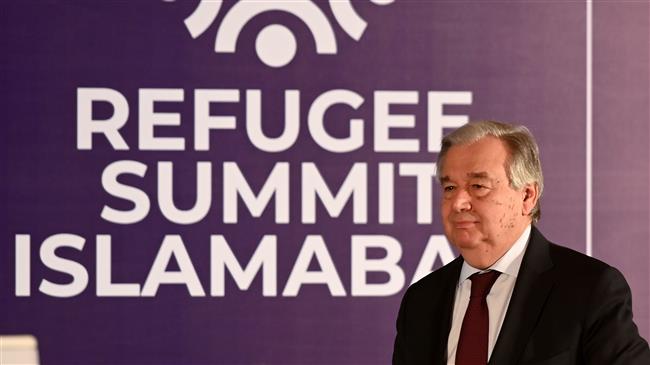
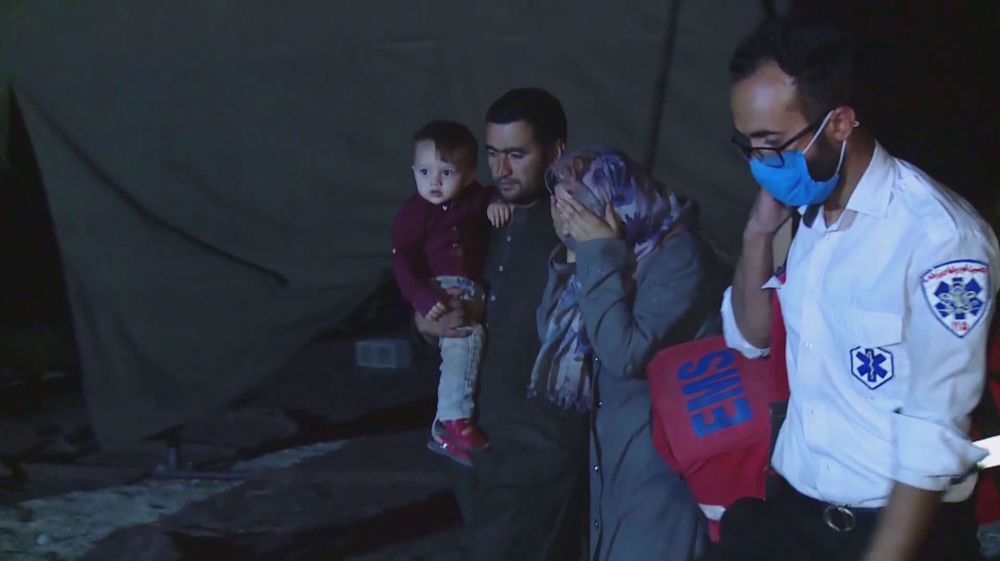






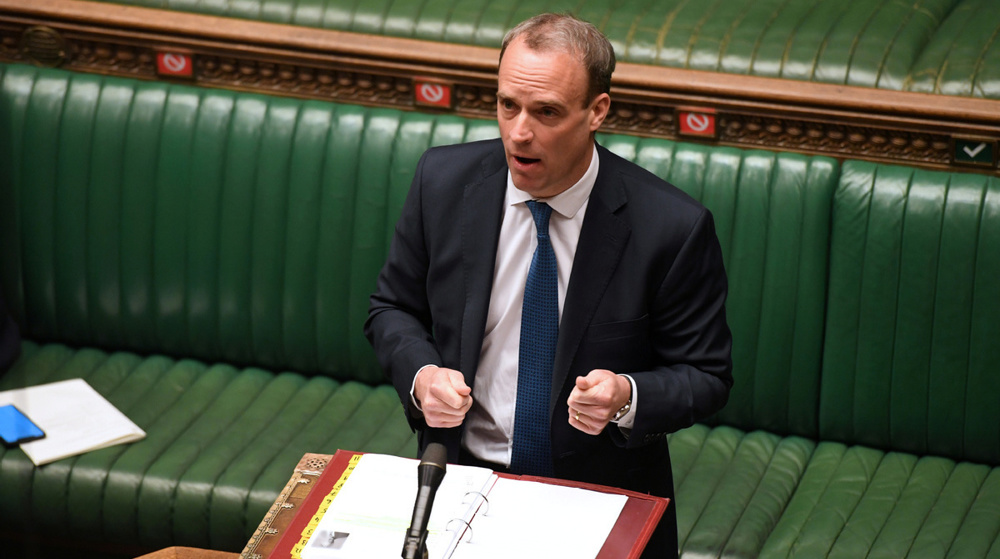


 This makes it easy to access the Press TV website
This makes it easy to access the Press TV website